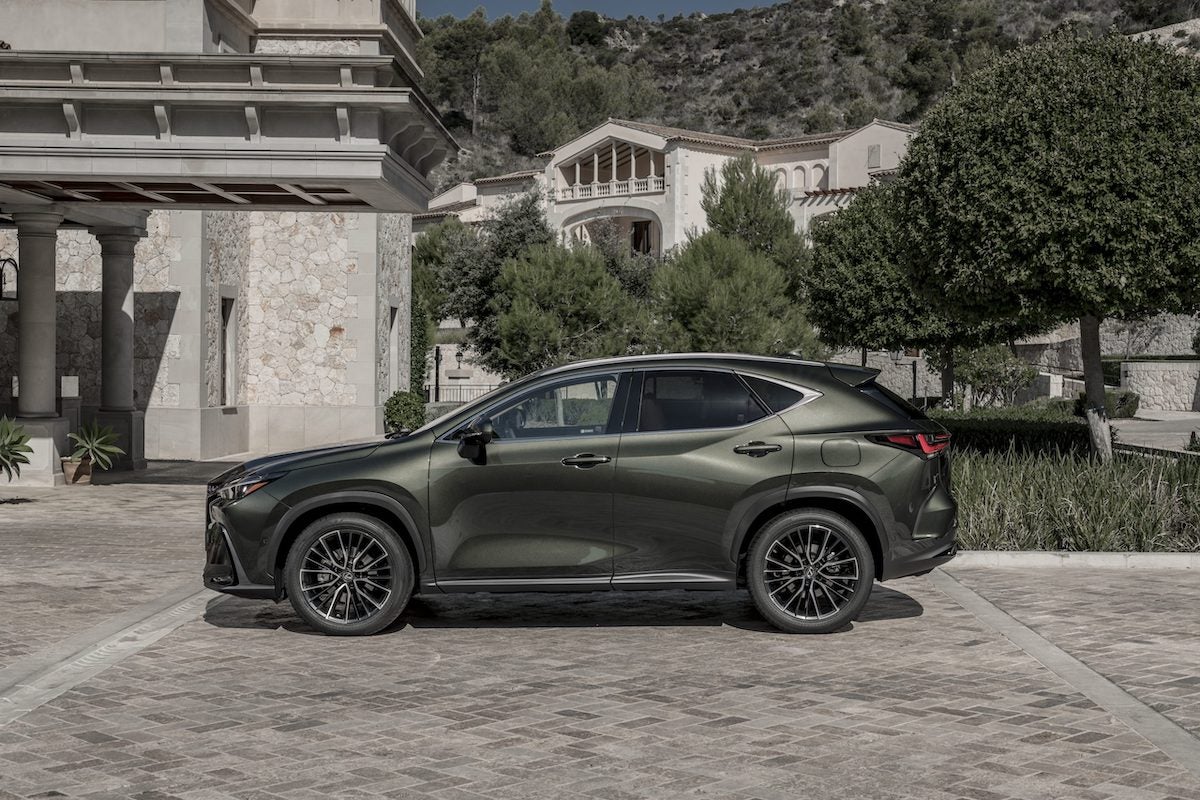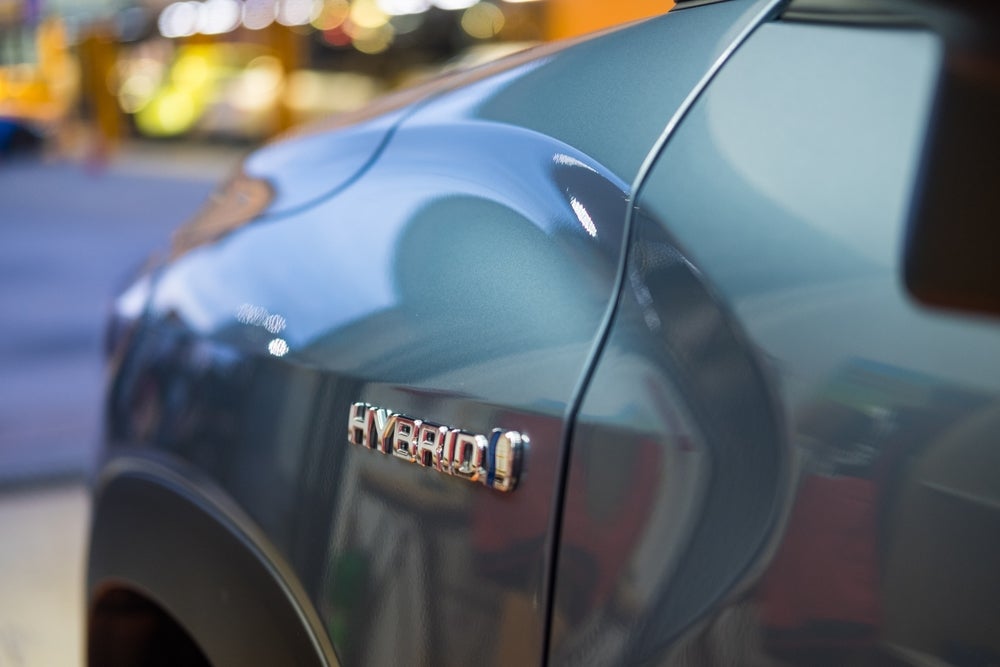
A lot happened for the Lexus brand between 2014 and 2021: the years when the original NX was in production. Not only did it become the dominant premium marque in Japan but the model range in North America changed significantly as several cars vanished and ever more SUVs were added.
Global sales – US remains No.1
In China, Lexus remains import-only. Yet even with the high duties this attracts and resultant premium pricing, it remains the top brand (87,103 sales in H1). It also has the best selling imported vehicle in the ES. And with the market bouncing back, the RX and NX are thriving again too.
North America remains more challenging but once the chips crisis eases a little more, there should be a strong return to form. In the US, Lexus’ H1 sales for light trucks totalled 95,066 with 36,022 cars sold, respective falls of 18 per cent and 14 per cent.
Europe – chips shortage hits hard
Europe never used to be a strong region but little by little, Lexus started to climb the sales charts, helped immensely by the Russian market.
How well do you really know your competitors?
Access the most comprehensive Company Profiles on the market, powered by GlobalData. Save hours of research. Gain competitive edge.

Thank you!
Your download email will arrive shortly
Not ready to buy yet? Download a free sample
We are confident about the unique quality of our Company Profiles. However, we want you to make the most beneficial decision for your business, so we offer a free sample that you can download by submitting the below form
By GlobalDataFor obvious reasons, what had been a big export destination has suddenly become very small and so Britain is now even more important for *Lexus Europe.
Regional sales were 23,807, down 39 per cent, the UX (7,584) just pipping the NX (7,469) during the first half of 2022.
Why no EV?
The NX used to be the smallest SUV but then came the UX, although at 4.5 m long it isn’t that compact. Introduced to the UK in 2019, the littlest Lexus not only brought in new customers but also pioneered electric power with the UX 300 e.
Curiously, there’s no EV in the new NX range. However, there’s method in this apparent madness as Toyota has quite a few electric-only Lexus SUVs on the way. The first of these, the 4.8 m long RX 450e, will be joined by smaller alternatives around mid-decade.
Let’s get back to the new NX though. As well as the so-called self-charging hybrid – a clever term created by Lexus Europe which has gone mainstream – there is a plug-in hybrid alternative called NX 450h+.
The first Lexus PHEV
The plus symbol is Lexus’ way of denoting a PHEV, the new NX also being its first such model.
Until the debut of the Corolla and Levin PHEVs in 2019, Toyota had eschewed plug-in hybrids. The locally-built twins for the Chinese market supplement HEV versions of the same cars, blazing the trail for the company’s now main PHEV global model, the RAV4.
And an HEV too
Naturally keen not to abandon its USP as the brand specialising in self-charging hybrids, Lexus sensibly wants to see which way the wind is blowing. Which electrification option will be the one which proves to be more popular, hybrid or plug-in hybrid?
The NX 450h+ uses the same powertrain as the Toyota RAV4 Prime/RAV4 Plug-In Hybrid. That means a 2,487 cc four-cylinder engine which produces 136 kW and 227 Nm. Add in contributions from a front motor – 136 kW and 270 Nm – plus 40 kW and 121 Nm from another one on the rear axle and total power is 227 kW.
I instead tested the NX 350h. This has the same engine with identical power and torque, plus the same outputs for the back axle motor. The one up front is slightly different to the PHEV’s, power being 134 kW. As per the NX 450h+, torque is 227 Nm.
Big boots for both
Top speeds are 124 mph in all cases but the PHEV sprints to 62 mph in 6.3 seconds, while the FWD hybrid needs 8.7 seconds with AWD shaving a second exactly off that. What’s interesting is how much faster the NX 450h+ is even with its almost 200 kg weight penalty.
Because the battery in both vehicles lives below the back seat, boot space is not only very good but almost identical. That’s 525 litres (521 for the FWD hybrid) or 1,436 with the 60:40 split seats lowered.
Whether you go for the hybrid or the plug-in hybrid, the only transmission is an electronically controlled CVT. It’s way better than the ones which used to make engines race and some owners wonder if there was a problem with their car. Lexus’ own CT 200h wasn’t too great in that respect.
Unless we’re talking about V8-engined models, nobody buys a Lexus for the pleasure of the exhaust music. Which is fine. The 350 hybrid has a perfectly pleasant if mostly quiet note to it. In fact, the low speed whirring in EV mode sounds nice even if it’s not as characterful as, say, the Renault Zoe. But what hybrid car or SUV is?
New platform, 20 mm longer
Things which Toyota changed in a major way for the second generation were the platform (now GA-K) and the interior. At 4.6 m long, length is more or less the same although the wheelbase is longer.
It’s easy to tell the new model from the original at the rear as the brand’s logo has been replaced by L E X U S in big letters. From the sides, another novelty is tiny mechanical handles hidden in the door pulls which, once you know they’re there, you notice.
Electric latches
The exterior openers have equivalents on the inside, these now being electric latches. Thankfully, safety comes first and you need only pull on the same control to activate the mechanical release mechanism.
Some like this stuff, some don’t so I’ll mention neutrally that the number of switches is now 45 whereas the old model had 78.
Beeping mouse now banished
Toyota has also heard the criticism of the haptic controls fitted to many Lexus models in the past and for the new NX, they’re gone. Finally, a touch-screen and even better, it’s supported by physical buttons.
The dashboard is now cockpit-style although not to the same extreme as in Peugeots; more that it’s designed to have a driver-centric look.
There’s also a good amount of storage space, two USB ports up front plus two in the back. You also get a 12 V socket in the centre console and another one in the boot.
Comfort and good grip
Handling-wise, this isn’t an SUV for anyone who’s looking for something a bit out of the ordinary. Comfort is the priority and here the NX succeeds.
Toyota has taken a bit of slack out of the steering compared to the old model. And if the BMW X3 hasn’t got much to worry about for this new Lexus in terms of response, there’s nothing inherently wrong with how the NX turns. Just different tuning.
Summary
It’s not hard to imagine anyone who owned an NX 300h wanting to trade up to this new shape model, especially when the higher number in the name actually signals more power.
The NX 350h has more of a luxury feel to it rather than being a direct challenger for the sportier alternatives in its class. For this and other reasons, such as its now two choices of petrol-electric systems, Lexus is likely to find a lot of buyers for the NX series.
Pricing for the new NX 350h starts at GBP41,210.
*Defined as all Western, Central and Eastern European countries including Ukraine, Turkey and Russia as well as Israel and a number of Central Asian markets (Armenia, Azerbaijan, Georgia, and Kazakhstan).







